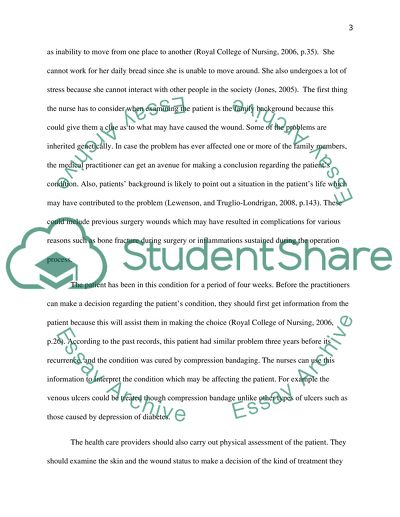Cite this document
(“Decision-making process in nursing base on scenario. Initial Essay”, n.d.)
Retrieved from https://studentshare.org/nursing/1465582-decision-making-process-in-nursing-base-on
Retrieved from https://studentshare.org/nursing/1465582-decision-making-process-in-nursing-base-on
(Decision-Making Process in Nursing Base on Scenario. Initial Essay)
https://studentshare.org/nursing/1465582-decision-making-process-in-nursing-base-on.
https://studentshare.org/nursing/1465582-decision-making-process-in-nursing-base-on.
“Decision-Making Process in Nursing Base on Scenario. Initial Essay”, n.d. https://studentshare.org/nursing/1465582-decision-making-process-in-nursing-base-on.


